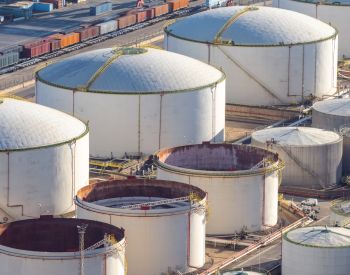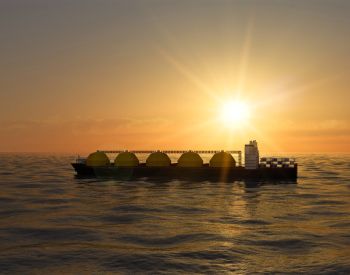Client
Leading maritime company
Asset
Floating storage regasification unit (FSRU)
Client challenge
The client faced a challenge in its vent and flare design process. As part of the project, the client required support with consequence modelling, specifically in the area of cold dispersion and heat radiation analysis.
How we helped
The main objective of this study was to assist the company in analysing the cold vent dispersion related to the blow-down of high-pressure segments from the regasification plant and associated high pressure piping. We conducted an assessment of the cold vent related to the blow-down of high-pressure segments from the regasification plant and associated high-pressure piping. This was a critical part of the vent and flare design process.
We used our expertise in computational fluid dynamics (CFD) simulations to assess the likelihood of safety critical equipment being exposed to potential releases, such as ignition sources. We provided a detailed report on the potential risks associated with cold vent dispersion and heat radiation, which helped the client develop a more robust and efficient vent and flare design.
Powerful results
Our team achieved powerful results in our assessment of the potential consequences of fires caused by ignited cold vents at the FSRU. As part of this process, we carefully selected and simulated the most likely fire scenarios, taking into account factors such as fire rates, location, direction, and wind conditions.
Through our simulations, we were able to determine that if ignited, cold vents could expose personnel to hazardous levels of heat and smoke, as well as impair their escape ways. To further strengthen our analysis, we worked closely with the client to agree on an appropriate heat exposure threshold for fatalities and loss of escape.
Our approach was based on using the recommended heat dose from HSE (Human Vulnerability to Thermal Radiation Offshore, HSL/2004/04) as threshold values. By doing so, we were able to provide our client with powerful insights into the potential risks associated with cold vent dispersion and heat radiation, which allowed them to make informed decisions and take appropriate actions to mitigate these risks.
Related Services


